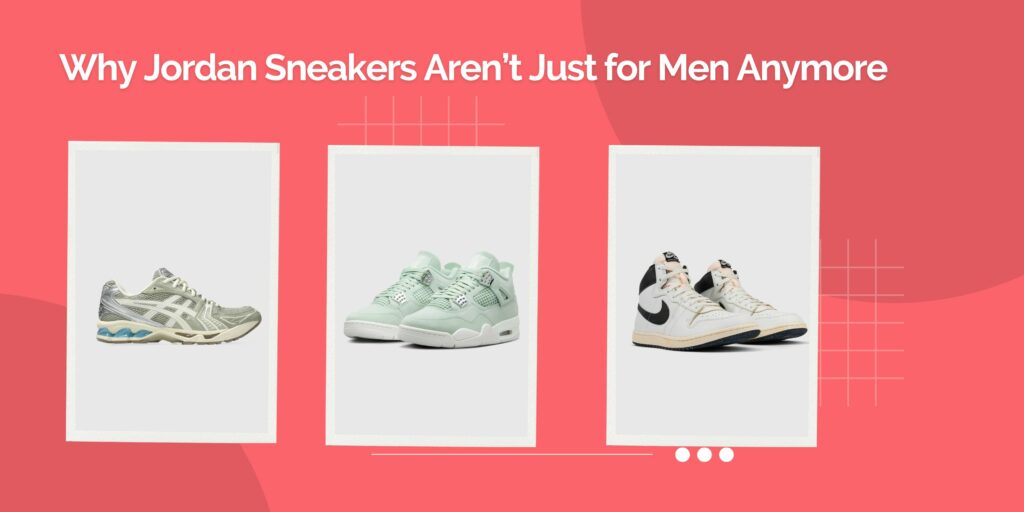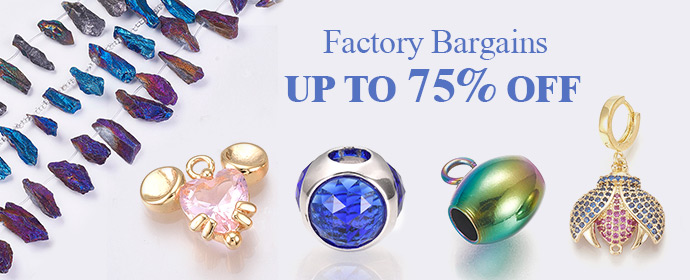Once, Air Jordans were only considered the holy grail of men’s sneakers, but now they have jumped into more inclusive territory. Officially launched in 1984 in partnership with NBA legend Michael Jordan, the Jordan men’s sneaker soon became a trademark of men’s sports and street style. Today, women make up 30% of sneaker sales globally, and cultural icons like Aleali May have helped a lot to make it a reality. Also, they represent self-expression, style, and identity for everyone. It is clear that Jordan sneakers have become a true unisex sneaker brand.
Women in Sneaker Culture
For decades, sneaker culture was described as a boys’ club, but not anymore. Women are climbing the ladder of success and claiming their rightful place in the sneaker world, and no one can simply ignore this rise of female sneakerheads. Some collectors and content creators played a huge role in promoting it. One perfect example is Aleali May. In 2017, she became the first woman to design a unisex Air Jordan 1—a turning point in sneaker history. Since then, all her collabs have made significant contributions to Jordan shoes for women.
It was not the end. WNBA stars like Satou Sabally and Tamera “Ty” Young were spotted wearing Jordans courtside and off the court. Further, social media platforms such as Instagram, YouTube, and TikTok became the medium for female sneaker supporters to raise their voices. It can be a video of unboxing the latest release, sharing styling tips, or telling the history of some classic pairs; women are educating and inspiring the next generation of sneaker lovers.
Inclusive Design and Sizing
As the demand for women’s and kids Jordans skyrocketed, the company was forced to introduce inclusive design and sizing. So today, whenever Jordan launches sneakers in the market, most of them are available in full family sizing. Another big change is in its design and color. No more “shrink it and pink it” drops. Jordan is favoring gender-neutral tones like natural shades, pastels, icy blues, and even shiny metallics. Just think of the combo of bold colors, luxe materials, and unique designs. Who wouldn’t want to wear such sneakers?
Collaborations with world-famous celebrities like Nina Chanel Abney and Billie Eilish have rolled out a new lineup of women’s sneakers. Marketing has also evolved quite a bit. Jordan campaigns now feature female athletes, creators, and ordinary consumers. The message is clear: Jordans sneakers are not exclusive to a specific gender, age, or class. No matter if you’re in the court, on the runway, or on the street, there’s a pair for every occasion.
Cultural Shifts and the Rejection of Gendered Products
Long gone are the days when sneakers were classified into “men’s” and “women’s” aisles. Gen Z is leading a modern fashion revolution, one where self-expression weighs more than labels. They’re open to a “wear-what-you-want” mindset. In fact, a 2022 McKinsey report revealed that over 50% of Gen Z buyers shop in all gender categories. This shift has forced Jordan brand stores to tune their business strategies. You may have seen some online stores that have already removed gender filters or are offering unisex sizing, especially in sneaker collections.
It’s a fusion of right fit and freedom. Freedom to display identity, personal style, and cultural influence without limitations. All credit goes to the cultural shift; Jordans are now worn by everyone from ballerinas to barbers and influencers to everyday icons, proving that real style knows no gender.
Still Room to Grow
Despite all the achievements so far, the women’s sneaker marketplace is not on the same scale as the men’s. One of the biggest challenges is the pay and visibility gap for women in sneaker endorsements. While male athletes like Michael Jordan and LeBron James have multi-million dollar sneaker deals, female athletes did not receive the same spotlight or paycheck. For example, Nike’s highest-paid female athlete, Serena Williams, charges less for advertisements than Roger Federer.
The good news is that change is on the verge. Collaborations with Aleali May, Billie Eilish, and Nina Chanel Abney show that brands are paying attention. But to create equality, brands must think beyond token campaigns. That means equal marketing budgets, fair pay, inclusive sizing, and everyday representation.
Final Footnote
It’s a fact that Jordan sneakers are no longer just for men. Today, they’re dynamic, expressive, and worn by everyone. With global collaborations like A Ma Maniére, which is a premier destination for luxury streetwear and exclusive drops, Jordans are reaching new heights. If you want to buy limited editions or classic Jordan sneakers, you’ll find them all for men, women, and even kids at their online and offline stores. The cultural shift is 100% clear: Jordans aren’t defined by gender. Because at the end of the day, it doesn’t matter who you are—what matters is how you wear sneakers.
Recommend0 recommendationsPublished in Uncategorized



